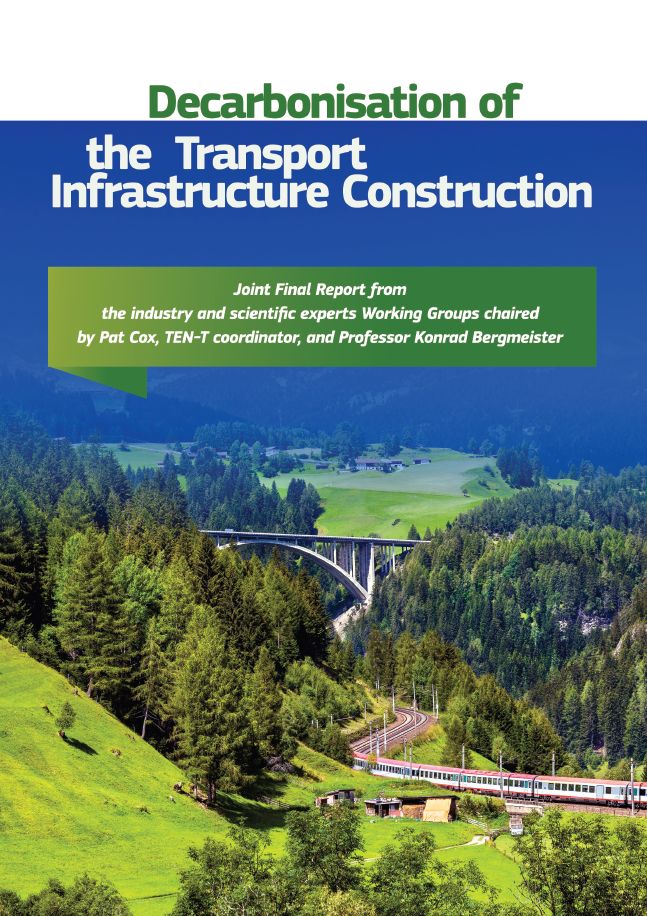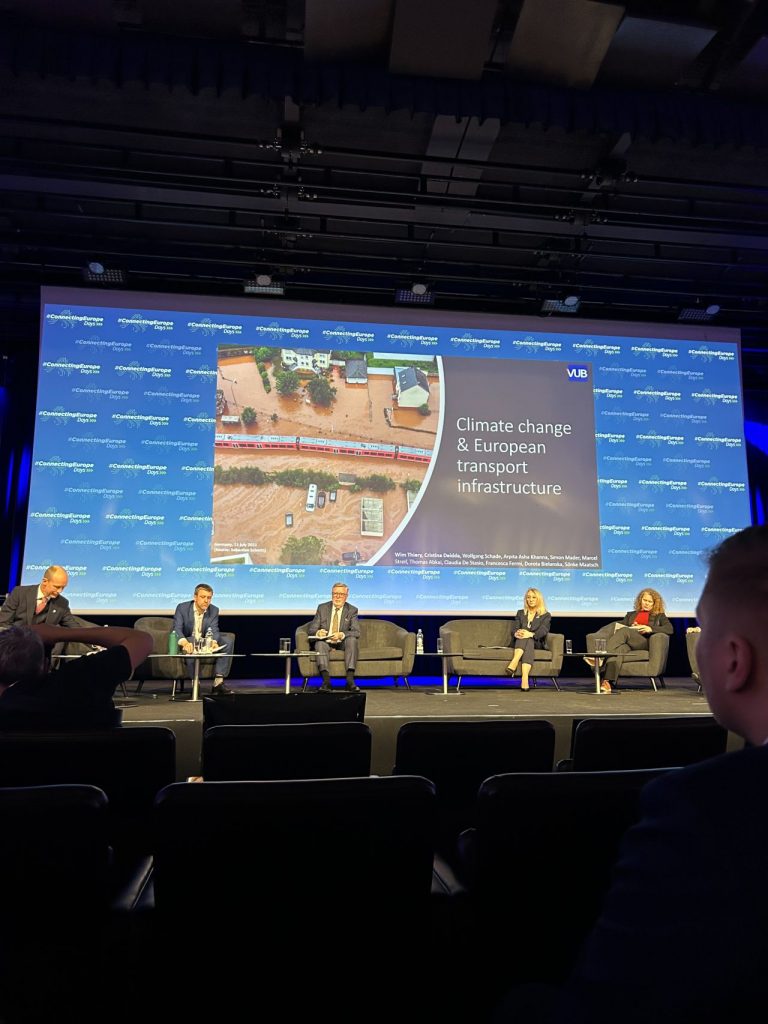Climate extremes are no longer a rarity – and we must prepare for them.
For transport infrastructure, climate change effects are already having grave repercussions. In the past decade, heatwaves, droughts, wildfires, river floods, hurricanes, and coastal floods have negatively impacted the transport network. As these impacts are set to intensify in the future, the significance of massive investments in climate-neutral and climate-resilient infrastructure will only grow stronger in the coming years.
In this context, we cannot overlook the fact that infrastructure building is in its essence a very energy and greenhouse-gas intensive process. Aiming to address this issue, the revised TEN-T regulation introduced climate proofing requirements for new infrastructure. Moreover, the European Commission has launched a study to identify major climate resilience risks within the TEN-T, the results of which are expected to be released in May.

Simultaneously, the Commission also asked a group of academic and industry experts to identify available measures to decarbonise the construction of transport infrastructure, assess their CO2 reduction potential, and make recommendations to stimulate their implementation. Their work was presented by EU Coordinator Pat Cox during the Connecting Europe Days.
The joint report:
- Shows that a large range of decarbonisation measures are already available for all phases of the infrastructure life cycle
- Underlines the importance of an integrated approach to maximise decarbonisation potential
- Identifies specific tools and measures to achieve decarbonisation
- Highlights specific bottlenecks for the rapid and full deployment of such measures
- Provides a catalogue of 24 EU policy recommendations to address them
Enhancing the climate resilience and decarbonisation potential of European transport infrastructure represents a key topic for the future of our sector. ScanMed RFC thus welcomes the experts’ contribution to this important debate.
We are pleased to see that among the best decarbonisation practices showcased in the document, several examples were drawn from projects along our Corridor, such as the Brenner Base Tunnel, the West Link in Gothenburg, and the four-track Malmö-Lund line. As the most sustainable transport mode, rail must be a leader in the green transition!
To read the full report, click here.


